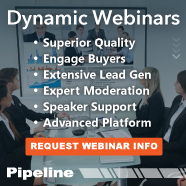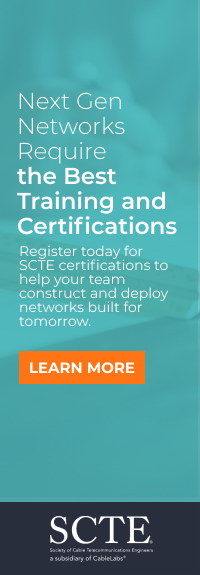The Role of Assurance and AI in Building
Level 4 Autonomous Networks
Step 4: Auto Dispatch for Field Engineers: This step involves automating dispatches for automated remediation. The auto dispatches are based on predefined criteria and sent out to third party systems, such as orchestrators, for remediation.
Step 5: Auto Remediation: In this step, the Automation Engine triggers automated remediation actions, based on pre-defined rules and then updates the status (Resolved/Failed/No action required) of the incident.
Step 6: AI based Remediation: To evolve the network from L3 to L4, AI for performance forecasting and anomaly detection is needed. By performing predictive AI modelling, and pattern discovery on Assurance data, anomaly detection across different applications and network entities is possible. With GenAI, using natural language prompts, querying complex datasets offers an additional level of remediation.
An Automation Case Study: Tier 1 CSP offering Mobile, Fixed and Broadband Services
A large CSP with over 60 million subscribers offering mobile, fixed, broadband, data, internet, and managed services had a need to automatically identify the experience of premium services offered on its Fixed Broadband, 4G and 5G networks. This included the impact of network issues on its broadband/enterprise services and customers, and prioritization of remediation of service impacting problems, in a highly automated manner.
An Automation Engine, which comprised Assurance and some elements of AI, was deployed across the mobile, broadband, and enterprise networks. This established a zero-touch network incident lifecycle including proactive and automated issue detection, ticketing, notification, remediation, and dispatching for mobile and home broadband services.
As an outcome, the CSP could offload 86 percent of impacting network events to a zero-touch platform, achieving over a 90 percent reduction in time to trigger customer notifications.
Here are the key KPIs that the CSP achieved over a 12-month period:
- 850+K NOC/SOC person-hours were automated for mobile/fixed services and 72K person-hours were automated for enterprise services.
- Over 80 percent reduction in MTTI (Mean Time to Identify) problems at NOC/SOC.
- 100 percent automation of the ticket creation process was achieved by automating 700+ tickets per day for 160+ service impacting alarms.
- Mitigation of late detection of alarms and performance issues with proactive detection and closure improved the MTTR (Mean Time to Repair) and customer experience.
- Overall problem handling time improved by 92 percent from detection to notification stages.
- There was a 94.7 percent reduction in prolonged broadband outage tickets.
The metrics below show the commercial benefits (in cost savings) achieved by implementing the 6 Automation steps over the 12 month-period.
- Automating mobile and broadband services: 6.5 M USD.
- Automating enterprise services: 1.2 M USD.
- Reducing customer impact: 350 K USD.
- Zero Touch Service Operations Center: 5 M USD.
- Operational efficiency: increase by a factor of 2.3.
With a high degree of 920K+ person hours automated in a year, and with 4.78 million (mobile: 2.79 million; broadband: 1.99 million) notifications sent out to customers informing them ahead of time on outages that hindered their service, the CSP could offer a high level of automated problem resolution across its entire customer base.
This is a true-life example of how TM Forum definitions can be used to build an Automation Engine leveraging Assurance and AI data, helping the CSP to move from Autonomous Network L 1.8 to L 3.3, as exemplified above.
This example is only a slice of the revenue benefits that can be reaped from automated diagnosis, workflows, corrective recommendations and fault resolution, leading to millions of dollars of annual savings for CSPs. Scaling up automation efforts is a necessity and high Autonomous Networks (L4) are a reality. It’s now up to the industry to put together the mechanics of exploiting network data, turning it to Assurance and AI insights, and building the Automation Engine which will deliver the high (L4) and full (L5) Autonomous Networks of the near future.



















